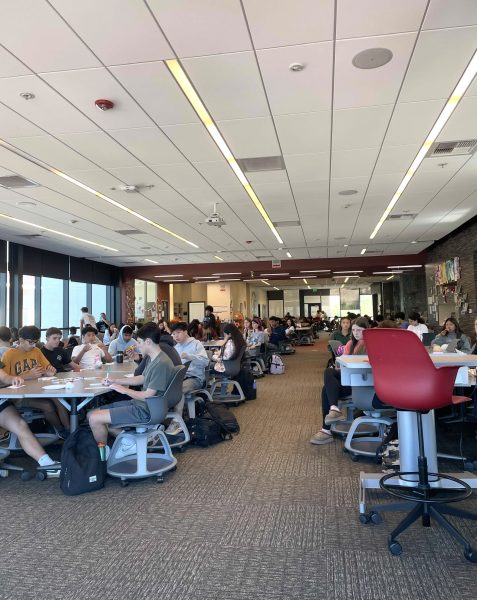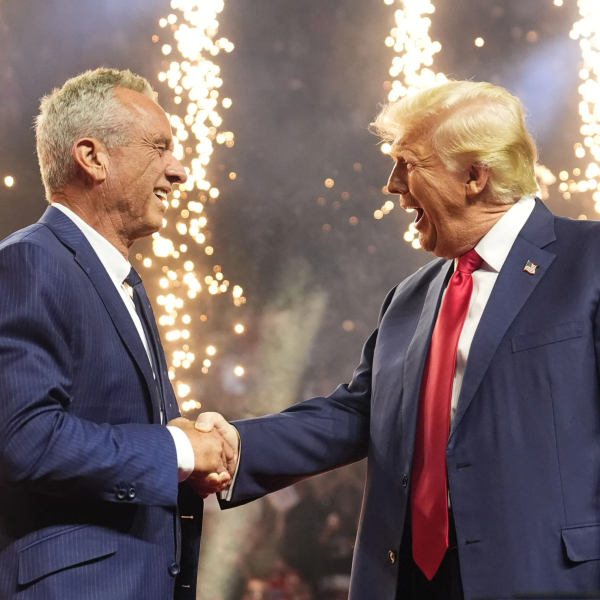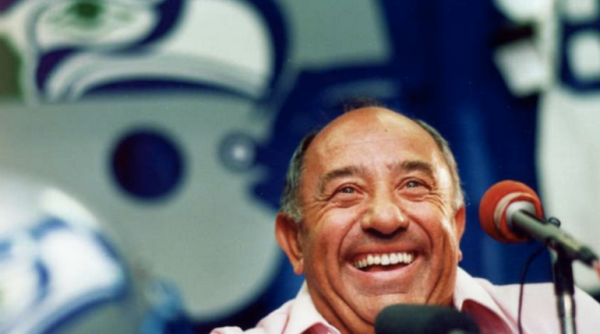Op-ed: The solution to guns is not more guns
Nearly 400 officers are on the scene; dozens wait in the hallway at Robb Elementary School. Wearing a bulletproof vest over his uniform, one officer reaches across the space for hand sanitizer.
In the adjacent classroom, a teenager reaches for his AR-15. During the 78 minutes he spends at Robb Elementary School, he murders 19 children and two teachers.
These images are a grim encapsulation of the problem. Fully equipped and trained officers wait idly amongst neatly hung backpacks and matching lunch boxes as elementary school students are massacred just feet away.
A few weeks ago, another shooting rocked America in Newport News, Virginia. This time, a 6-year-old pulled the trigger. Despite the atypical circumstances of the shootings in Texas and Virginia, paranoid Americans reach for the same conclusion parroted across conservative news networks: that arming the teachers could have prevented these tragedies.
But when 396 armed officers were scared to confront a lone gunman, the idea that arming teachers will prevent school shootings is simply ludicrous.
The first issue with this proposal comes with the storage of the gun. In their very nature, classrooms are chaotic. They’re impulsive. They’ll bicker with a friend and then ask to play with them. They’ll give away their turn on the swingset and then wail about not getting a turn. We don’t even trust children with scissors. We give them the kid-kind with blunt tips for a reason, to keep them and those around them safe. Introducing a firearm into the classroom environment would be troublesome at its best and fatal at its worst.
“Having access to a gun in the classroom increases the likelihood that a student will access a gun and that someone will be shot outside of an active shooter incident,” according to Everytown for Gun Safety, a nonprofit dedicated to documenting gun violence.
In one instance, a teacher unintentionally discharged his gun during a safety demonstration in 2018, NBC reported. With the introduction of more guns in educational settings, these situations will stop being anomalies; they’ll become the norm.
When the idea of using guns as toys instead of weapons is normalized in the mind of a child, the dangers associated with guns will start to become invisible to them.
Not only will arming teachers be unsuitable for classrooms, but it will also negatively impact teachers. When they choose their profession, teachers hope to instruct and connect with their students. Nowhere in their contract does it state that they will need to learn how to operate a gun and then risk their lives in the event of an active shooter.
This idea is not only harmful, but also time consuming. The standard procedure for arming teachers is 700 hours of service as a peace officer, according to The National Education Association. Teachers have families. They have lesson plans and homework to grade. Entertaining this idea detracts from other, more effective solutions.
Many of those hellbent on arming teachers oppose regulating guns. However, regulating guns is ultimately the long term solution to preventing mass shootings and gun violence.
When someone poses a risk to themselves or others, the sensible solution is to restrict their access to firearms. If this was standard procedure, mass shootings like the one at Robb Elementary School might have been prevented. Other countries have already proven it.
On March 15th, 2019, a lone gunman entered two separate mosques in Christchurch, New Zealand, killing a total of 51 people and injuring 40 more. Just seven days later, PM Jacinda Arden announced a national ban on semi-automatic weapons. They haven’t had a mass shooting since. In comparison, the Uvalde shooting was the US’ 252nd mass shooting of 2022 alone.
The age limit to buy a gun also needs to be raised. The gunman at Uvalde was just a teenager. He couldn’t even legally drink a beer.
“Six of the nine deadliest mass shootings in the United States since 2018 were by people who were 21 or younger” and 77 percent of them purchased their firearms legally, according to the New York Times. Raising the age limit to buy a gun to 21 years old wouldn’t prevent all shootings, but it would at its very least prevent some.
This is not to say that guns don’t have the potential to protect, but their introduction into classrooms would be catastrophic to the students and teachers. According to a 2019 study conducted by Gun Policy in America, students’ exposure to gun violence in school will likely increase, rather than decrease by arming teachers. When arming teachers would fail to actually prevent school shootings, guns in classrooms would be more akin to props.
Last summer, the House passed a bipartisan gun control bill that enhances background checks, provides mental health services and closes the “boyfriend loophole,” which prevents convicted domestic abusers from owning a gun. While it’s progress, the legislation is nowhere near the original scope of proposed gun control legislation. Victims of gun violence deserve more than a compromise. They deserve real, effective change – change that can’t be accomplished by arming teachers.

Olivia Brandeis is a senior at Monte Vista and is in her fourth year at The Stampede. This year, she’s...

Maya Bhatt is a senior in her third year of Journalism, and she is thrilled to lead The Stampede as the...











